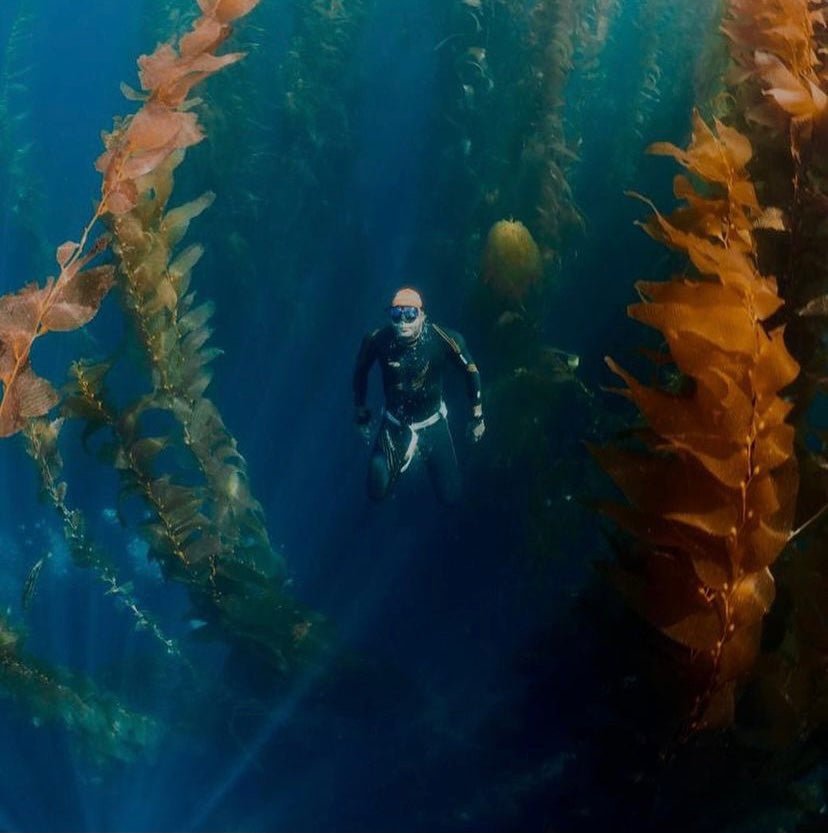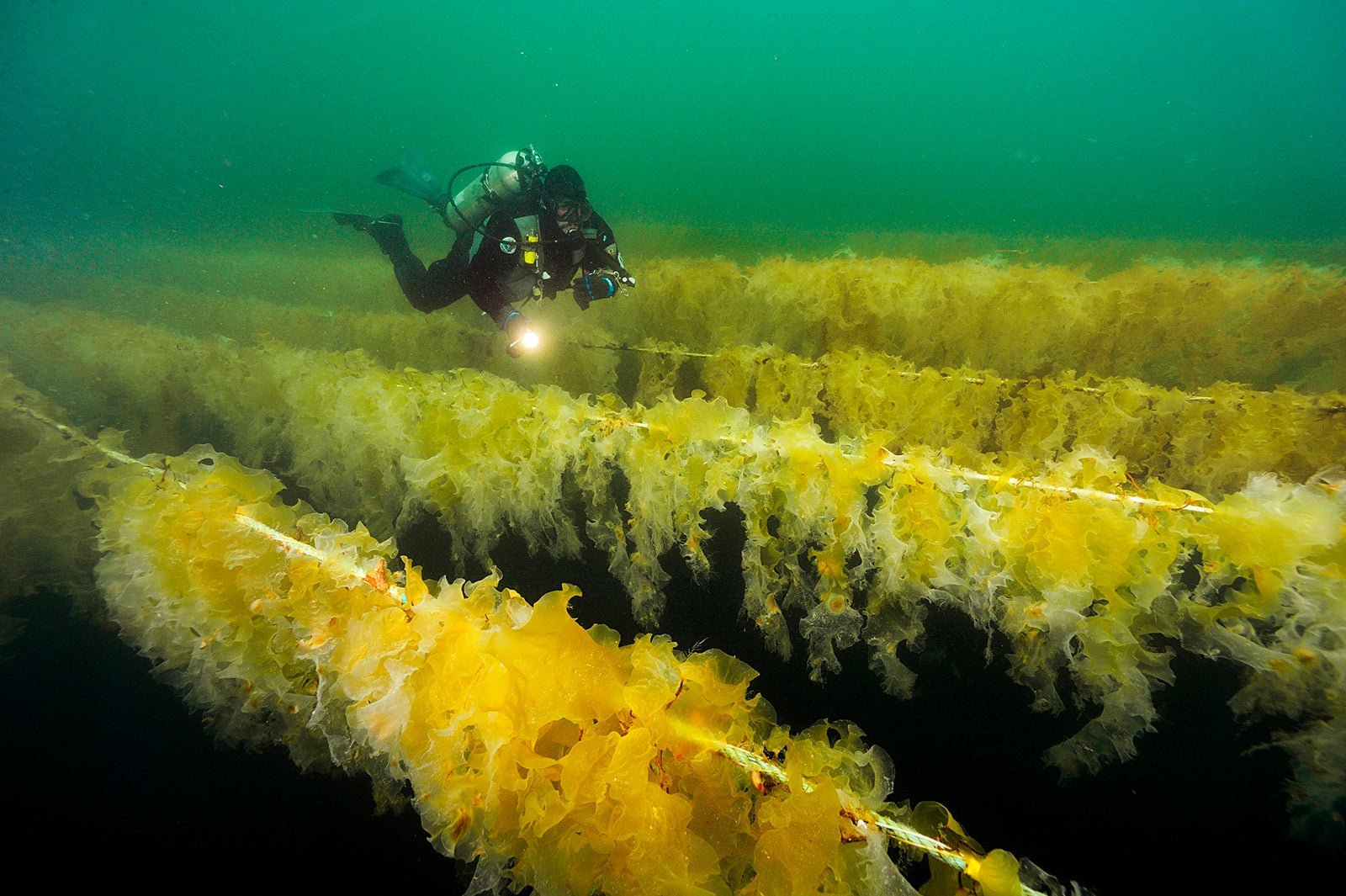Our final interview was with the author, adventurer, and ever-curious Adam Skolnick (@adamskolnick) to learn about how he celebrates the wonders of the Earth. After reading his stories from the depths of the ocean to all over the world, we couldn’t help but be inspired. Guaranteed you’ll want to get out and explore all that the Earth has to offer.
Could you start by giving a quick description of who you are and what you do?
I am an independent journalist, I've been a freelance journalist for 20+ years now. I have written for The New York Times, Outside Magazine, Playboy, and Lonely Planet guides. I also write books. I started by writing about alternative health, yoga, and travel, my main goal was to be a travel writer then over time that shifted. Now, the bulk of what I cover is adventure sports and the environment.
Where do you draw inspiration for your work?
The work is ultimately what inspires me. My goal when I started was to write my way around the world by telling stories. Storytelling is still exciting to me. It’s a challenge that never goes away because you can never quite master it. Whether it's finding the stories or, once you have the idea, making it compelling for the reader, especially for someone who might not know much about the specific subject or the person/people involved. I love reading stories and consuming stories, whether it's movies, TV, reading, or podcasts too. I love both sides of storytelling.


Transitioning to think more about the ocean, a place where you spend a lot of your time telling stories, what excites you most about the ocean?
The ocean is definitely a major point of inspiration and blessing for my life, I have always loved it. I grew up going to the beach all the time and getting in the water a lot but it didn't become something I needed on a near-daily basis until 2012. That’s when I started doing a lot of open-water swimming, freediving. The backstory is that I had a bad back injury and I couldn't run or work out in any way and the water kind of called to me. I started swimming all the time and exploring the reef off of Point Dume. In a roundabout way, I was led to Kauai, where I had heard about this crazy group of freedivers that went very deep. That led me to The Bahamas and eventually to write my first book. My love of the ocean has created this whole other mode of inquiry for me, telling stories that begin and end in the ocean.
What is something that everyone should know about the ocean?
Our every second breath comes from the ocean. While most people know that trees and plants produce oxygen through photosynthesis, that same process happens in the ocean with marine plant life—from kelp, seagrass, algae, plankton, on an even bigger scale. So, if the ocean goes into ecological collapse, we are in deep shit.
How would you describe your philosophy on what you eat?
I'm an omnivore but my wife is plant-based so 95% of my diet is also plant-based. But, I do love seafood. I've always loved it, ever since I was a little kid so I definitely still eat seafood every once in a while.
What's your favorite fish in the Seatopia box?
The Halibut is spectacular, I like to eat it raw. I also love the Kanpachi, especially because I know exactly where it comes from. What I love most about the Seatopia boxes is knowing the fish is not wild-caught because wild-caught seafood has a lot of ecological problems that people don’t necessarily understand. I’m not talking about the kind of wild-caught where someone is out in the water with a fishing pole in a kayak or hunting underwater with a spear. I respect those men and women a lot. I’m talking about commercial wild fishing, which can be extremely problematic. Seatopia uses low-density pens and the feed is sustainable. They don’t deal with problematic fish farms that have given the industry a bad name. Instead, Seatopia is creating a new wave of aquaculture that has the potential to feed more people with smaller ecological costs than pretty much any animal protein out there. We need more people to understand that and consume it so businesses like this, and their aquaculture partners, can scale and help change how humans eat.
In honor of #EarthWeek, what is your favorite way to spend time on Earth?
What's your favorite memory of being in the ocean?
Swinging with Humpbacks in Tonga and Gray Whales in Malibu. That close connection with animals is really what draws me into the ocean.
What is the best book you’ve read lately?
Good Lord Bird, by James McBride, it’s a masterpiece. Where The Crawdads Sing by Delia Owens is also a beautiful book.
How will you be celebrating Earth Day this year?
Hunched over at my desk, looking at my computer. Haha. I’ll be working for most of the day but when I’m done I’ll go for a run along the beach with my son, pushing him in his chariot.
Follow Adam Skolnick:
https://www.instagram.com/adamskolnick/
https://adamskolnick.com/books
This wraps up our #EarthWeek celebration! Each conversation we had was a different reminder of how important it is to step back and responsibly enjoy the beauties we live amongst. We watched in awe of our community this week, we saw so many different acts of gratitude and were further reminded how many uniquely different people walk this Earth. We feel so lucky for the opportunity to be able to pause, reflect, and give immense gratitude to our Mother. We all need to take care of her!
When you subscribe to Seatopia you are supporting artisan aquaculture and helping restore our oceans:















Share:
Earth Day Q&A with the Mermaid Chiropractor, Dr. Kristyn Silver-Brook
Mercury Safe Seafood